The Bureau of Meteorology said 2022 was the 22nd warmest year on record since 1910 so certainly was not a record breaker however it was the ninth wettest year on record.
“National mean temperature was 0.50C warmer than the 1961–1990 average,” the bureau said.
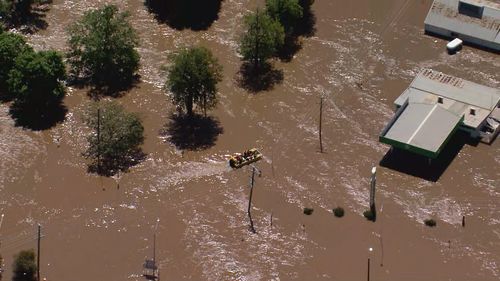
”National rainfall was 25 per cent above the 1961–1990 annual average.”
Meanwhile, the south-east of Australia copped the brunt of the rainfall leading to significant and persistent flooding in multiple months of the year.
This has also led to a high level of water in the dams for most of Australia except for central Queensland, western Tasmania and western Victoria.
”Rainfall was below average for western Tasmania, much of the north of the Northern Territory, and the far south-west of Western Australia,” the bureau said.
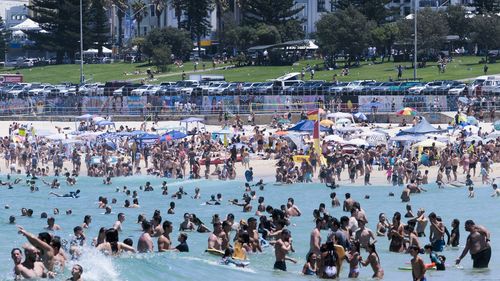
The annual maximum temperatures were above average for most of northern Australia, Tasmania and parts of the west coast.
But NSW, southern Queensland and parts of South Australia saw below-average temperatures after months of persistent rain.
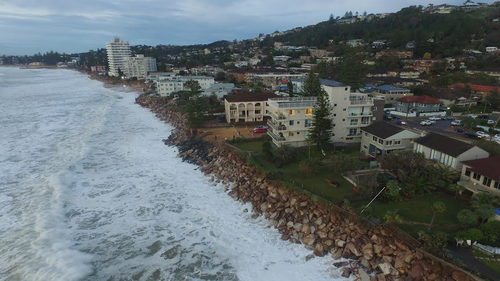
The bureau said the wet but warm conditions in 2022 were symptomatic of a La Nina weather event as well as the negative Indian Ocean Dipole.
“The 2022–23 La Niña has been the third in a row. It is only the fourth time three successive La Niña events in a row have been observed in the Bureau record since 1900,” the bureau said.
Here is a state-by-state breakdown of the 2022 year in weather.
An average of 863mm of rain fell across the state in 2022 which is 55 per cent above the decades-long average.
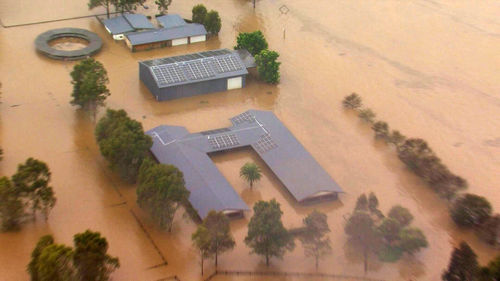
It was the second wettest year on record only after 1950 when 916mm of rain fell.
Read Related Also: Jalen Carter falls to Eagles as No. 9 pick in 2023 NFL Draft
”2022 was Sydney’s wettest year on record (since 1858) with 2530 mm rainfall, 121 per cent above average. The previous record was 2110.5 mm in 1860,” the bureau said.
Similarly to NSW, there was a lot of rain in Victoria in 2022 with an average of 873mm across the state – 32 per cent above average.
”It was the fifth-wettest year on record and the state’s highest rainfall since 1974,” the bureau said.
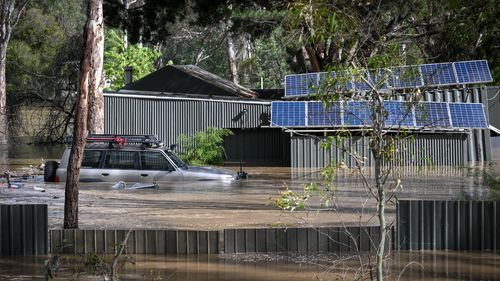
Queensland had an overall average of 778mm of rainfall but the state’s highest rainfall total remains in 2011 when devastating floods crippled the region.
It was Brisbane’s fifth wettest year on record since 1840.
South Australia saw an average of 310mm of rainfall and was the coolest year on record since 2010.
Tasmania overall has 1321mm of rainfall which is 3 per cent below average.
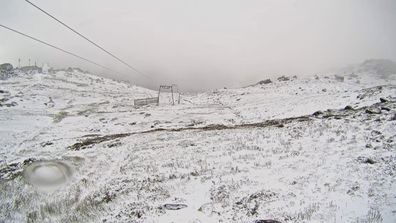
Summer snow sweeps Thredbo amid polar blast
Western Australia felt the impact of climate change after the average temperature rose by 0.5C.
The state saw an average of 417mm of rain in 2022.
Temperatures well and truly rose in the top end as the average temperature rose by 0.69C.
Darwin had 1972mm of rain which is only 8 per cent above average but the wettest year since 2017.



